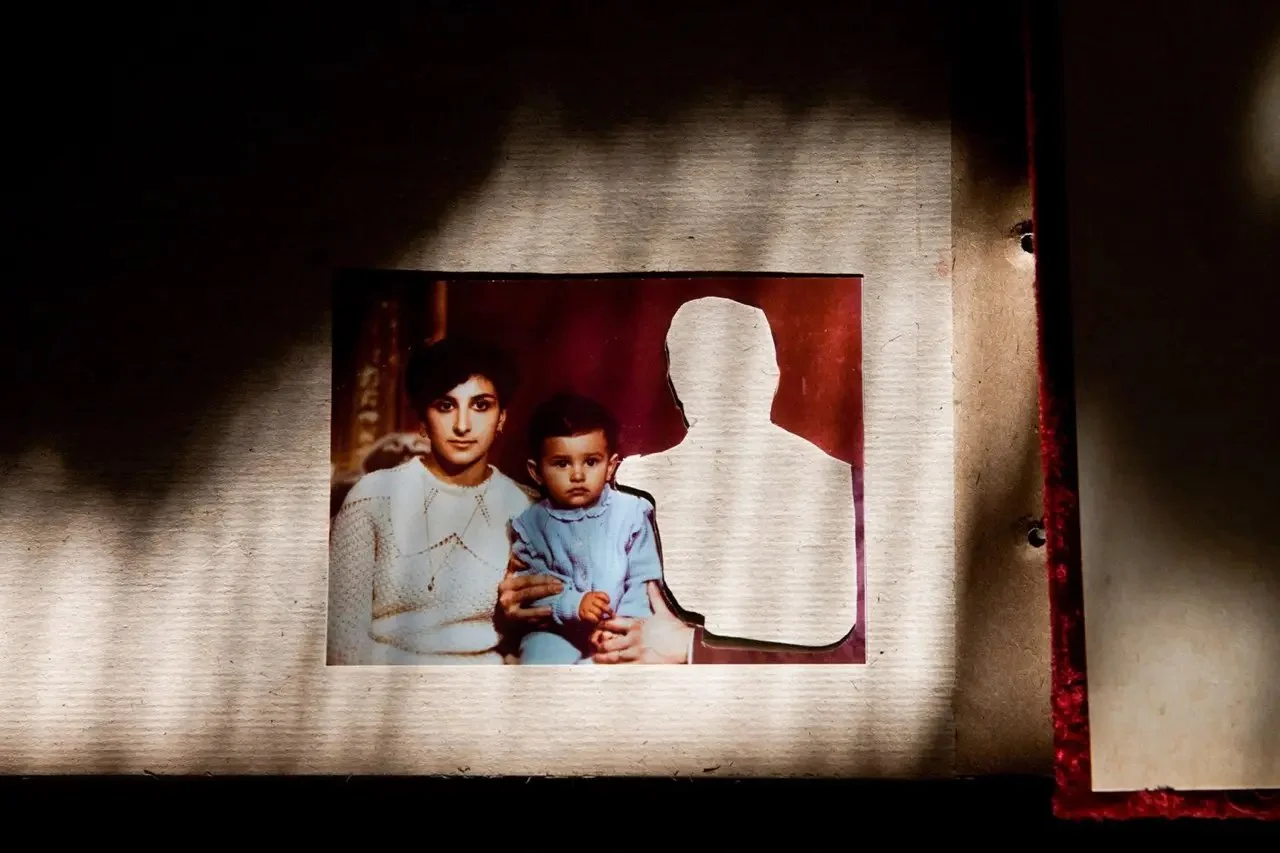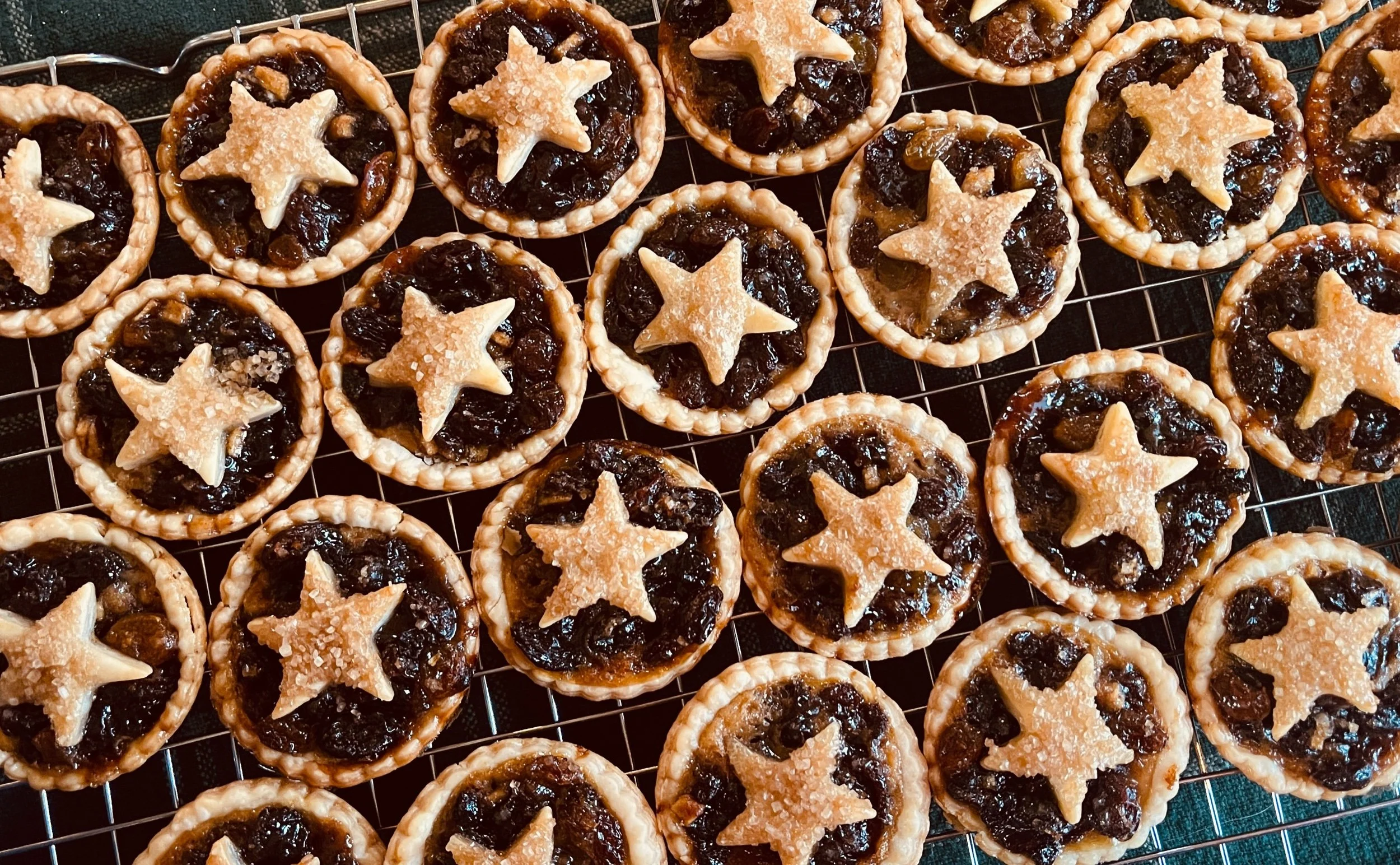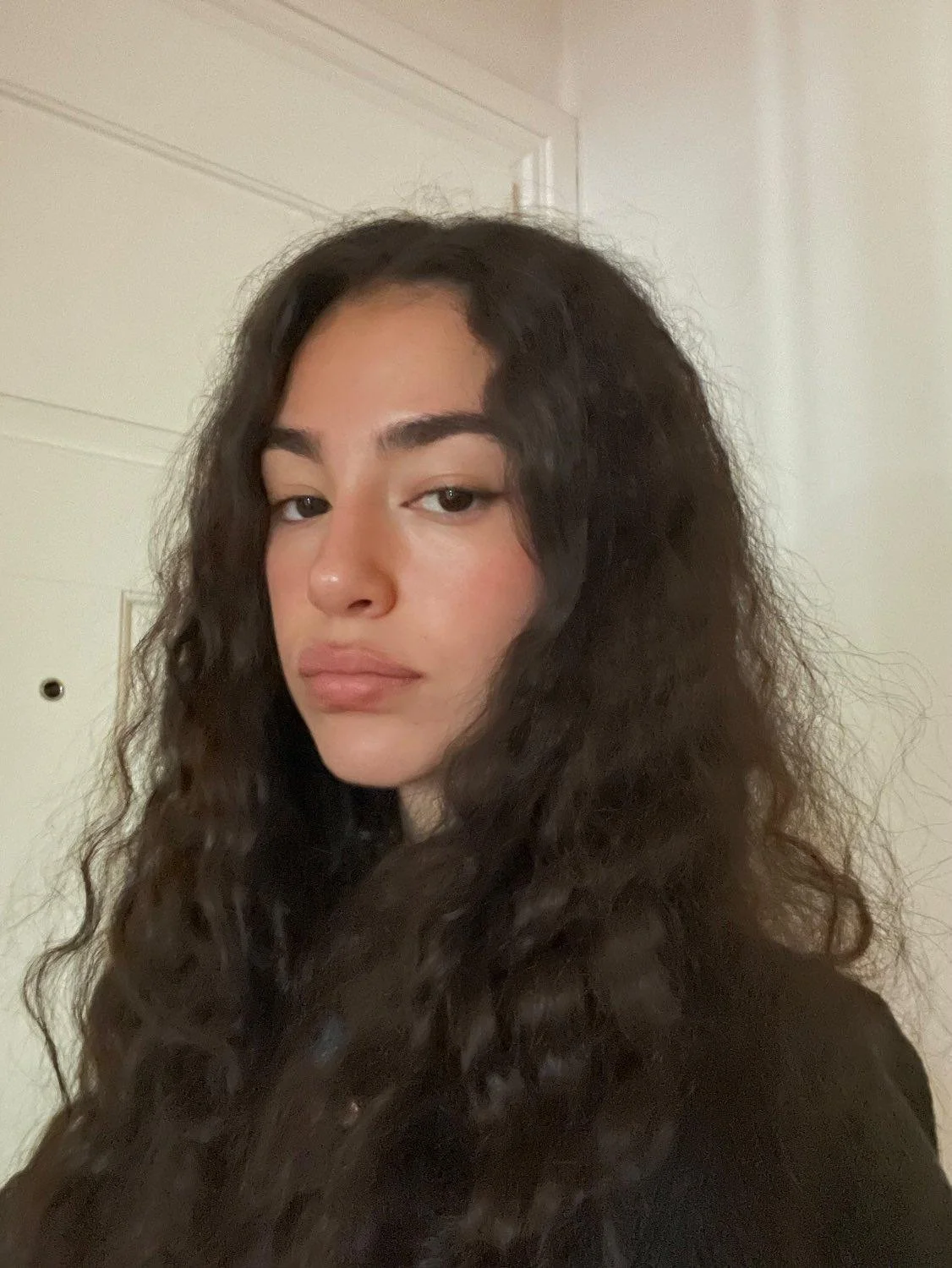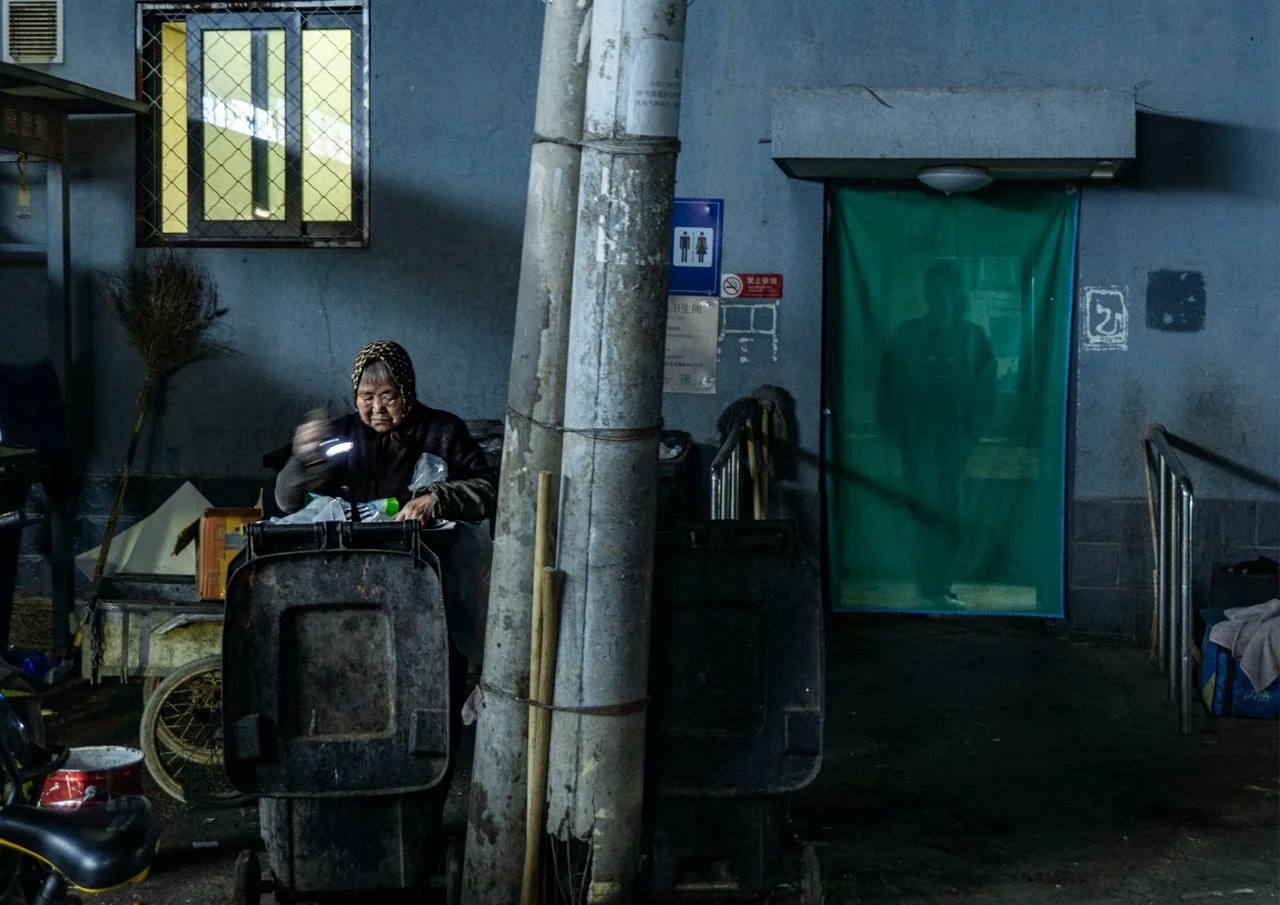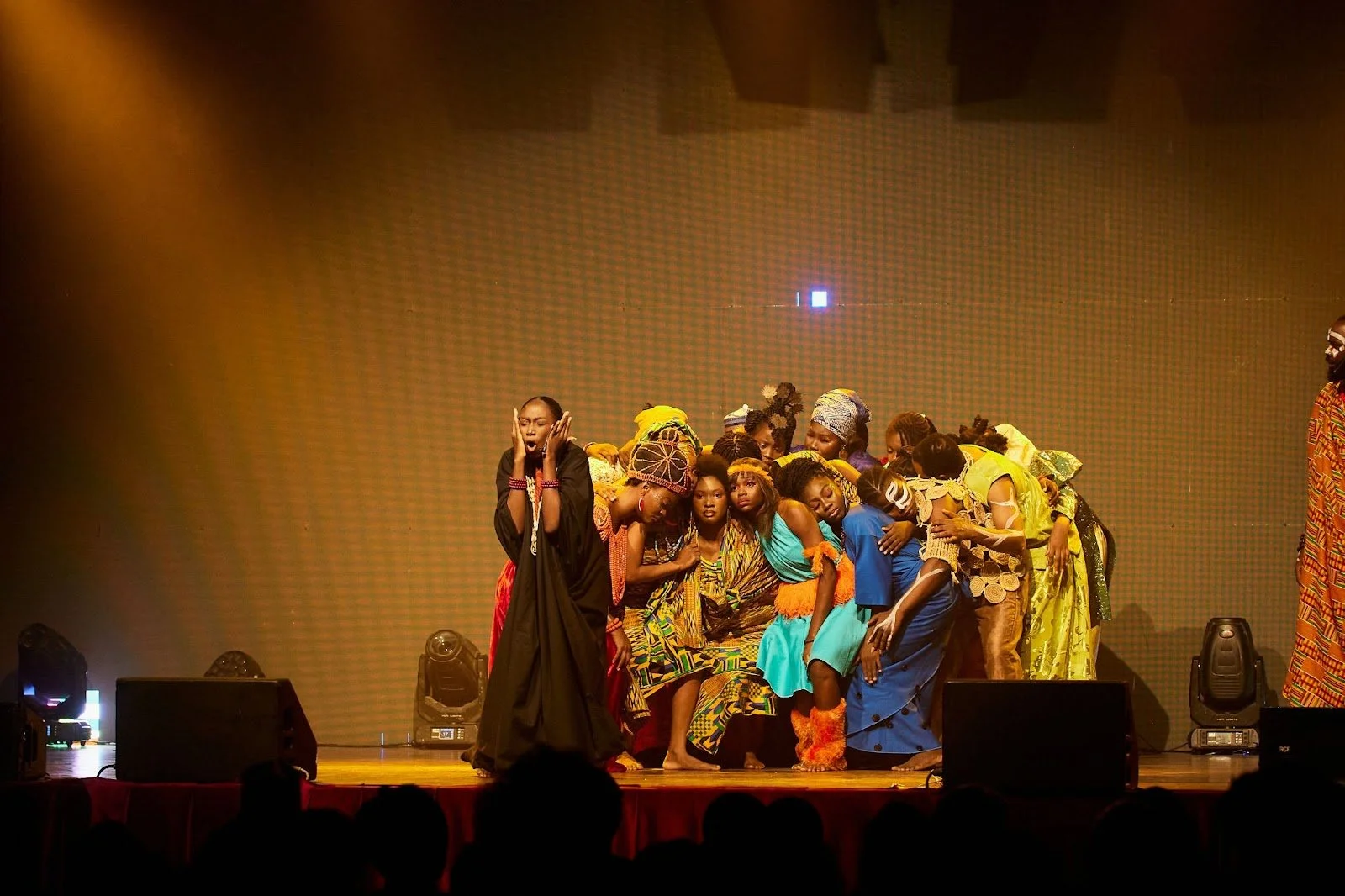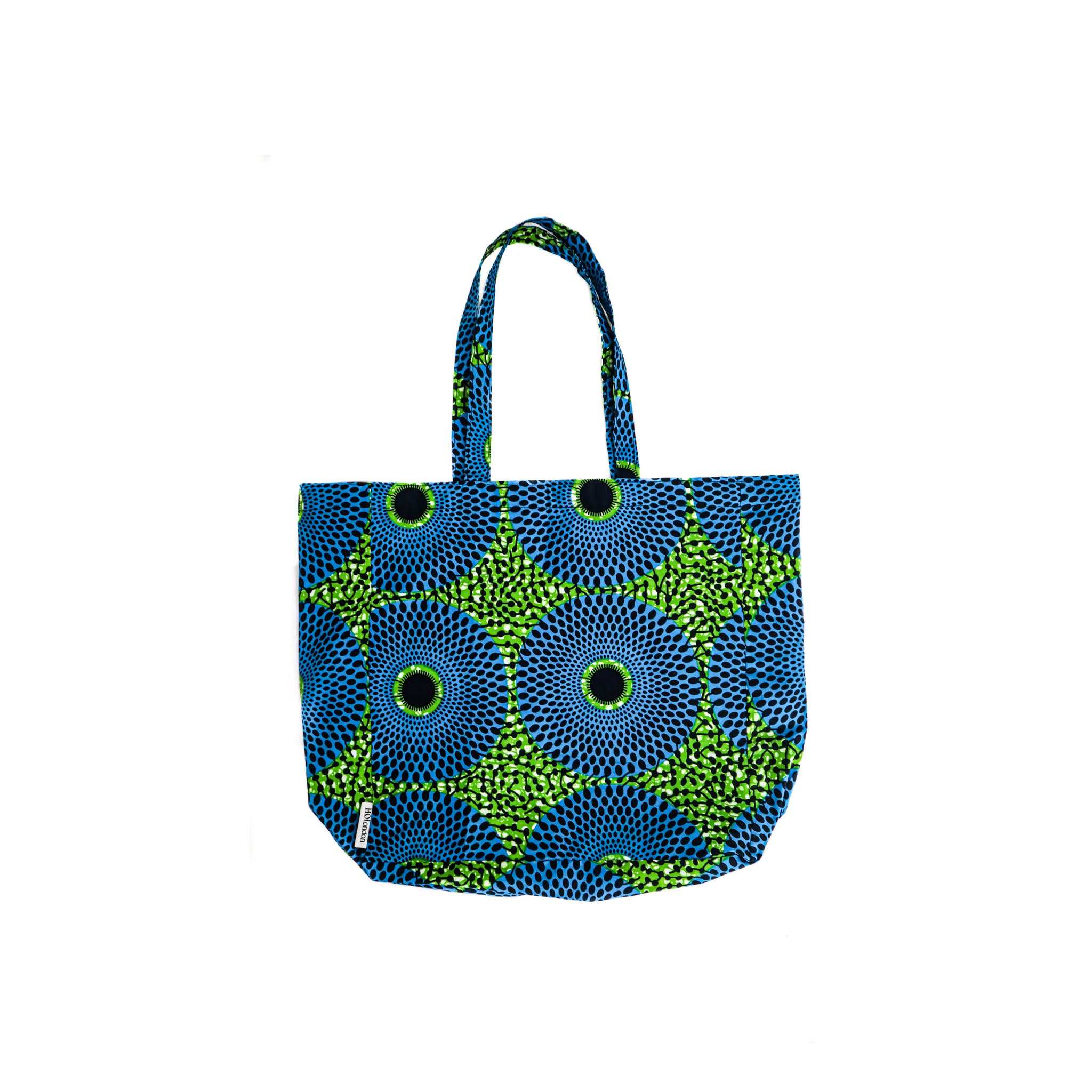What to see at Rencontres d’Arles 2025: from underground crypts to abandoned hotels
The 56th annual edition of the world’s longest running photography festival, Rencontres d’Arles, has once again taken over the beautiful ancient city of Arles in southern France. A city of significant importance in the Roman era, Arles still boasts many well-preserved remains which not only survive today, but are also incorporated into the extensive programming of the Rencontres. All manner of unexpected venues are brought to life during the vibrant festival season, from underground crypts to abandoned hotels, and from churches to supermarkets.
Taking place from 7 July to 5 October 2025, the renowned photography festival returns under the theme “Disobedient Images.” With an official programme of over 40 exhibitions spread across 27 locations under this year’s theme, plus many additional shows as part of the concurrent Festival OFF, this is a truly remarkable celebration of the photographic medium in all its diversity.
Here are FLO’s picks of the must-see highlights:
On Country: Photography from Australia
Tony Albert (Kuku Yalanji), David Charles Collins and Kieran Lawson. Warakurna Superheroes #1, Warakurna Superheroes series, 2017. Courtesy of the artists / Sullivan+Strumpf.
#FLODown: This major exhibition at a historic church in Arles’ central Place de la Republique brings together important stories told by Indigenous and non-Indigenous artists. “Country” is a term embodied by First Peoples in Australia to describe the lands, waterways, seas and cosmos to which they are connected. Therefore, being “on Country” is not just a locational term, but invokes deeper concepts of connection, care and ancestry. This exhibition demonstrates the unique potency of photography to expose, recontextualise, and to create anew our relationship to the world around us. Each project is worthy of serious attention, and as the first official stop on the Rencontres program, this presentation sets the tone for the festival.
Number: 1. Location: Eglise Sainte-Anne. Discover more
Diana Markosian: Father
Diana Markosian. The Cut Out, Father series, 2014-2024. Courtesy of the artist.
#FLODown: This unusual venue can be found at the back of the popular French supermarket Monoprix. Once inside, “exhibition” signs guide visitors to a set of narrow stairs hidden behind a plastic curtain, which unlock a vast industrial space hosting multiple shows. The venue is a fitting match for Diana Markosian’s haunting presentation Father: an intimate tale of the artist’s search for her estranged parent. Markosian moved to the US from Russia with her mother at the age of seven, unknowingly leaving her father behind and later confronted with just a cut-out silhouette in the family album. Her engrossing and deeply personal account of tracking him down decades later is beautifully told through old family photographs, letters and staged imagery.
Number: 17. Location: Espace Monoprix. Discover more
Claudia Andujar: In the Place of the Other
Claudia Andujar. From the Rua Direita series, São Paulo, SP, circa 1970. Courtesy of the artist / Instituto Moreira Salles.
#FLODown: Swiss-born Brazilian photographer and activist Claudia Andujar is best known for her work with the Yanomami indigenous people of Amazonia. This exhibition, however, shifts the focus to her earlier decades of work in the 1960s and 1970s. Drawing on extensive new archival research, curator Thyago Nogueira presents a range of social projects created by Andujar for magazines and exhibitions, revealing both the depth of her activism and her early innovations with different photographic formats. Highlights include her series The Brazilian Families (1962-64) in which she immerses herself in four families from different regions of Brazil, and her poignant reflections on womanhood in A Sônia (1971), an experimental photo-essay born from a chance encounter with an aspiring model.
Number: 19. Location: Maison des Peintres. Discover more
Nhu Xuan Hua: Let the Horses Ride
Let the Horses Ride © Nhu Xuan Hua
#FLODown: On a bustling street in Arles’ historic centre lies the Hôtel de la Lauzière, a 1970s time capsule complete with peeling yellow wallpaper and an atmosphere of faded grandeur. Closed to the public for the past 60 years, this historic building has finally opened its doors ahead of an upcoming renovation. Don’t miss the opportunity to experience it in its current form and to see the photographic installation by Franco-Vietnamese artist Nhu Xuan Hua. New works reimagine images from her family archives, transformed with her chromatic inversion filters to spectral, startling effect.
Number: - Location: Hôtel de la Lauzière. Discover more.
While in Arles, don’t forget to visit the incredible LUMA museum, designed by Frank Gehry. Click here to discover our pick of the best contemporary art exhibitions to see at the museum.
Words by Sofia Carreira Wham


